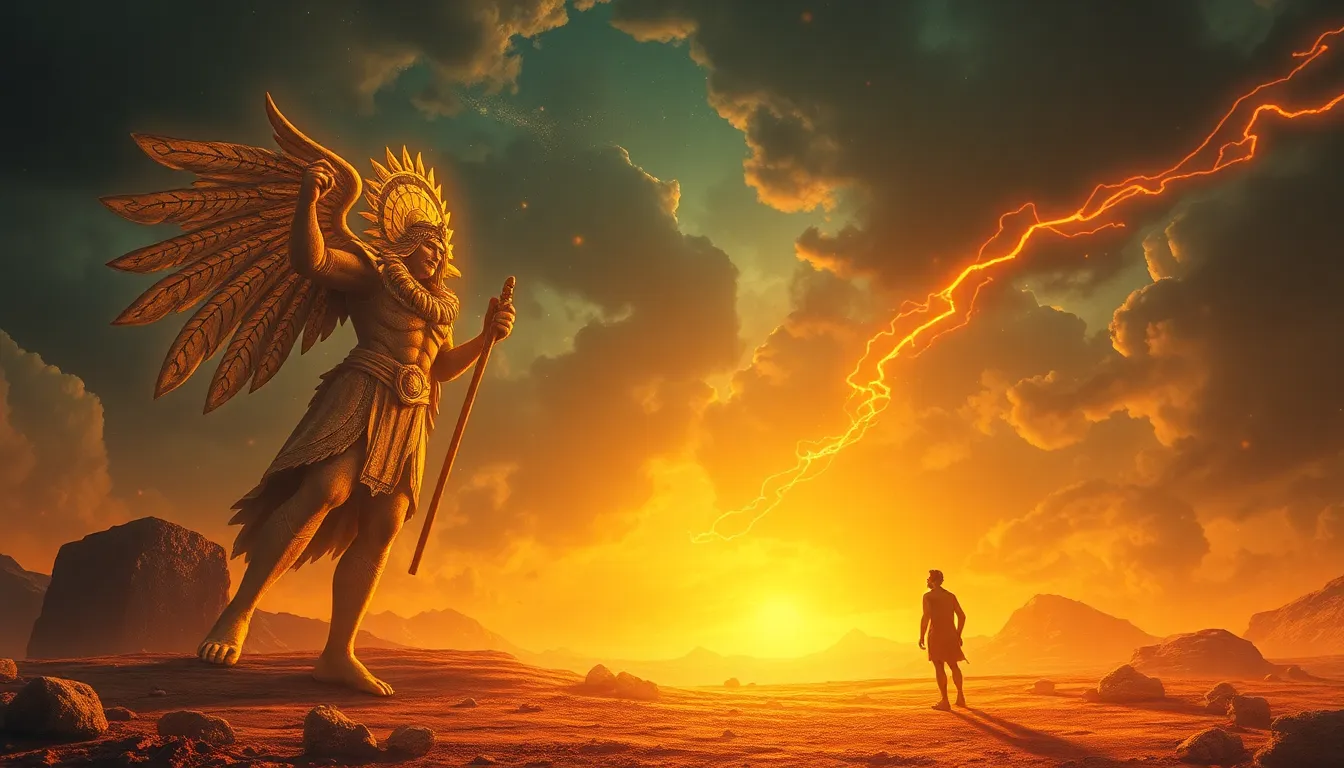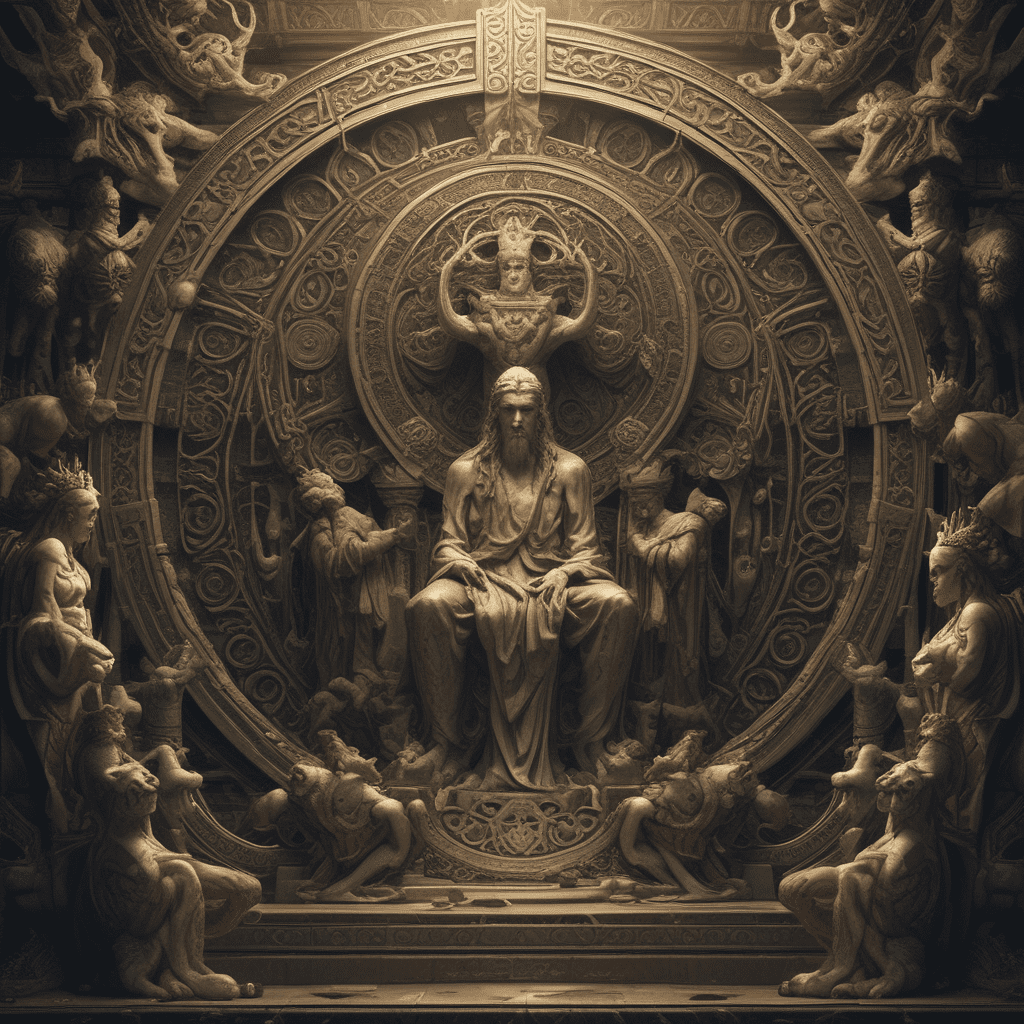The Inca Concept of Health and Illness
In the heart of the Andes Mountains, the Inca civilization flourished for centuries, leaving behind a rich tapestry of traditions, beliefs, and practices. Among these was the intricate system of healing, deeply intertwined with their understanding of the natural world and the spiritual realm. The Inca believed that health was a state of harmony between the physical, mental, and spiritual aspects of a person. This harmony was essential for maintaining balance within the individual and within their community, a concept known as "ayni". This belief shaped the Inca approach to illness, which was seen as a disruption of this harmonious balance, often caused by supernatural forces, environmental factors, or imbalances within the body itself.
Pachamama and the Interconnectedness of Life
The Inca believed in a sacred connection between all living things, a web of life woven through the hands of Pachamama, the Earth Mother. Pachamama was considered the provider of all life, and her bounty—the air, the water, the land, and its creatures—were to be treated with utmost respect. This belief extended to the human body, seen as an earthly vessel, a microcosm of the larger cosmos. The Inca believed that illness could arise from disharmony with Pachamama, such as disrespect for the environment or violating sacred rituals. Conversely, healing required aligning oneself with the natural world, seeking a spiritual connection with Pachamama and her wisdom.
The Role of the Shaman in Incan Society
At the center of Incan healing practices stood the Shaman, known as "the healer" or "the medicine man". More than just a physician, the Shaman was a spiritual guide, a community leader, and a bridge between the human world and the supernatural realm. They were believed to possess a deep understanding of the natural world, the ability to communicate with spirits, and the power to heal through rituals and medicinal remedies. The Shaman's knowledge was passed down through generations, learned through apprenticeships and through personal experiences with the spirit world. They played a vital role in Incan society, providing not just physical healing but also spiritual guidance and protection for their community.
Healing Practices: Rituals and Medicines
Incan healing practices were a blend of spiritual rituals and physical remedies. Rituals were often performed to appease the spirits, seek guidance, or cleanse the body. These rituals involved offerings to Pachamama, prayers, and the use of sacred objects like feathers, herbs, and stones. The Shaman might also employ divination techniques, reading the patterns of coca leaves or interpreting dreams to gain insight into the cause of illness. In addition to rituals, the Inca relied on a wide array of medicinal plants and herbs, each believed to have specific healing properties. These remedies were often prepared in concoctions, ointments, or even inhaled as incense.
The Use of Plants and Herbs in Incan Healing
The Inca developed a deep knowledge of the medicinal properties of plants and herbs, using them to treat a wide range of ailments. Plants like coca leaves, known for their energizing and pain-relieving properties, were used for everything from altitude sickness to general fatigue. Other plants like guayusa, a type of holly with stimulant properties, were used to enhance mental clarity and focus. The Inca also utilized many other plants for their healing properties, such as the hallucinogenic ayahuasca, used for spiritual exploration and healing, and Pau d’Arco, a tree with potent antimicrobial properties. Their knowledge of the plant world and its medicinal uses was extensive and often passed down through generations, forming the basis of their healing practices.
Spiritual Dimensions of Incan Healing: The Power of the “Ayahuasca”
The Inca believed that the world was permeated by a spiritual energy known as "ayni," which connected all living things. Illness was often seen as a disruption of this energy flow, and healing required restoring balance. One of the most powerful tools in the Shaman's arsenal was the use of ayahuasca, a potent hallucinogenic brew made from a vine and a shrub. The Inca believed that ayahuasca allowed the Shaman to journey into the spirit world, connect with ancestral spirits, and gain insights into the cause of illness. By entering these altered states of consciousness, the Shaman could identify the spiritual imbalance causing the sickness and work to restore it.
Ayahuasca was not just used for diagnosis; it was also a powerful tool for healing. The Shaman might use ayahuasca to cleanse the patient's spirit, guide them through a healing journey, or connect them with protective spirits. The experience of drinking ayahuasca was often described as a powerful and transformative one, offering insights into the nature of reality, the spirit world, and the patient's own inner landscape. It was a profound experience that could bring about significant changes in the patient's perception of themselves and the world around them.
The Importance of Dreams and Visions in Incan Healing
In Incan culture, dreams and visions were considered to be powerful channels of communication with the spirit world. The Shaman believed that dreams could reveal the cause of illness, offer guidance on how to heal, or even provide warnings about future events. The Shaman would often interpret the patient's dreams and visions, seeking clues to their condition and what steps to take to restore their health. The Inca also believed that certain dreams were particularly significant, such as dreams of Pachamama, ancestral spirits, or the spirit world. These dreams were seen as messages from the spiritual realm, offering guidance and support in times of illness.
The Shaman would also use dreams and visions to guide their own healing practices. They might enter a trance state through fasting, meditation, or the use of ayahuasca, seeking guidance from the spirit world. These visions would offer them insights into the patient's condition, the best course of treatment, or even the source of a spiritual imbalance that needed to be addressed. Dreams and visions were an integral part of Incan healing practices, providing a powerful link between the physical world and the spiritual realm.
The Influence of Incan Mythology on Healing Practices
The Inca civilization was rich in mythology and folklore, which played a vital role in their understanding of health and illness. Many of their healing practices were rooted in their belief in the power of spirits, ancestors, and the natural world. The Inca believed that the world was populated by a multitude of spirits, each with their own powers and influence. These spirits could be benevolent or malevolent, and they could influence the health and well-being of individuals.
The Inca would often perform rituals to appease these spirits, seeking their protection and guidance. They also believed that the ancestors could intercede on their behalf, offering protection and guidance from the spirit world. This belief was reflected in their healing practices, which often involved invoking ancestral spirits to aid in the healing process. The Inca would also incorporate elements of their mythology into their rituals, employing symbols and stories to connect with the spiritual realm and restore balance.
The Enduring Legacy of Incan Healing Traditions
Incan healing practices, with their unique blend of spirituality, natural remedies, and rituals, have left a lasting legacy. Though the Inca Empire has long since fallen, their traditions continue to be practiced and explored in modern times. The use of plants and herbs for medicinal purposes, a cornerstone of Incan healing, continues to be studied and valued by both traditional healers and modern medicine. The understanding of the interconnectedness of life, the importance of harmony, and the power of the spiritual realm, all core tenets of Incan beliefs, have resonated with people throughout the centuries.
The enduring legacy of Incan healing traditions is a testament to their deep understanding of the human experience, their connection to the natural world, and their belief in the power of the spiritual realm. As we continue to explore the mysteries of the human body and mind, we can learn from the wisdom of the Inca, embracing their holistic approach to health and well-being.
Modern Interpretations and Revivals of Incan Healing Practices
The Incan healing traditions are experiencing a resurgence of interest in the modern world, with many people seeking alternative approaches to health and well-being. Modern interpretations of Incan healing practices often combine traditional knowledge with contemporary understandings of the body, mind, and spirit. Some practitioners use traditional plant-based remedies alongside modern medical techniques, seeking to integrate the best of both worlds. Others focus on the spiritual aspects of healing, incorporating rituals, meditation, and energy healing into their practices.
The revival of Incan healing practices is not just about restoring ancient traditions; it is also about addressing the needs of a modern world seeking a more holistic approach to health. With their emphasis on balance, interconnectedness, and the power of the spiritual realm, Incan healing traditions offer a refreshing perspective on the nature of illness and the journey towards healing. As we continue to explore the interconnectedness of the body, mind, and spirit, the wisdom of the Inca can provide valuable insights and guidance on our path to well-being.
FAQ
What is the significance of Pachamama in Incan healing?
Pachamama is the Earth Mother, a central figure in Incan mythology, representing the interconnectedness of all life. She is seen as the source of wisdom and healing, and her energy is invoked in many healing rituals.
How did the Inca use ayahuasca in their healing practices?
Ayahuasca was a powerful hallucinogenic brew used to connect with the spirit world, diagnose illness, and guide the healing process. It was believed to allow the Shaman to enter altered states of consciousness, offering insights into the cause of illness and the best course of action.
What role did dreams and visions play in Incan healing?
Dreams and visions were considered to be powerful channels of communication with the spirit world. The Shaman would interpret these experiences, seeking guidance and insights into the patient's condition and the path to healing.
How does Incan mythology influence their healing practices?
Incan mythology is deeply woven into their healing practices. The belief in spirits, ancestors, and the interconnectedness of life informs their rituals, remedies, and approach to illness.
What is the legacy of Incan healing traditions?
The Incan healing traditions continue to inspire modern practitioners and researchers. Their emphasis on natural remedies, holistic approaches, and the power of the spiritual realm offers a valuable perspective on health and well-being.




